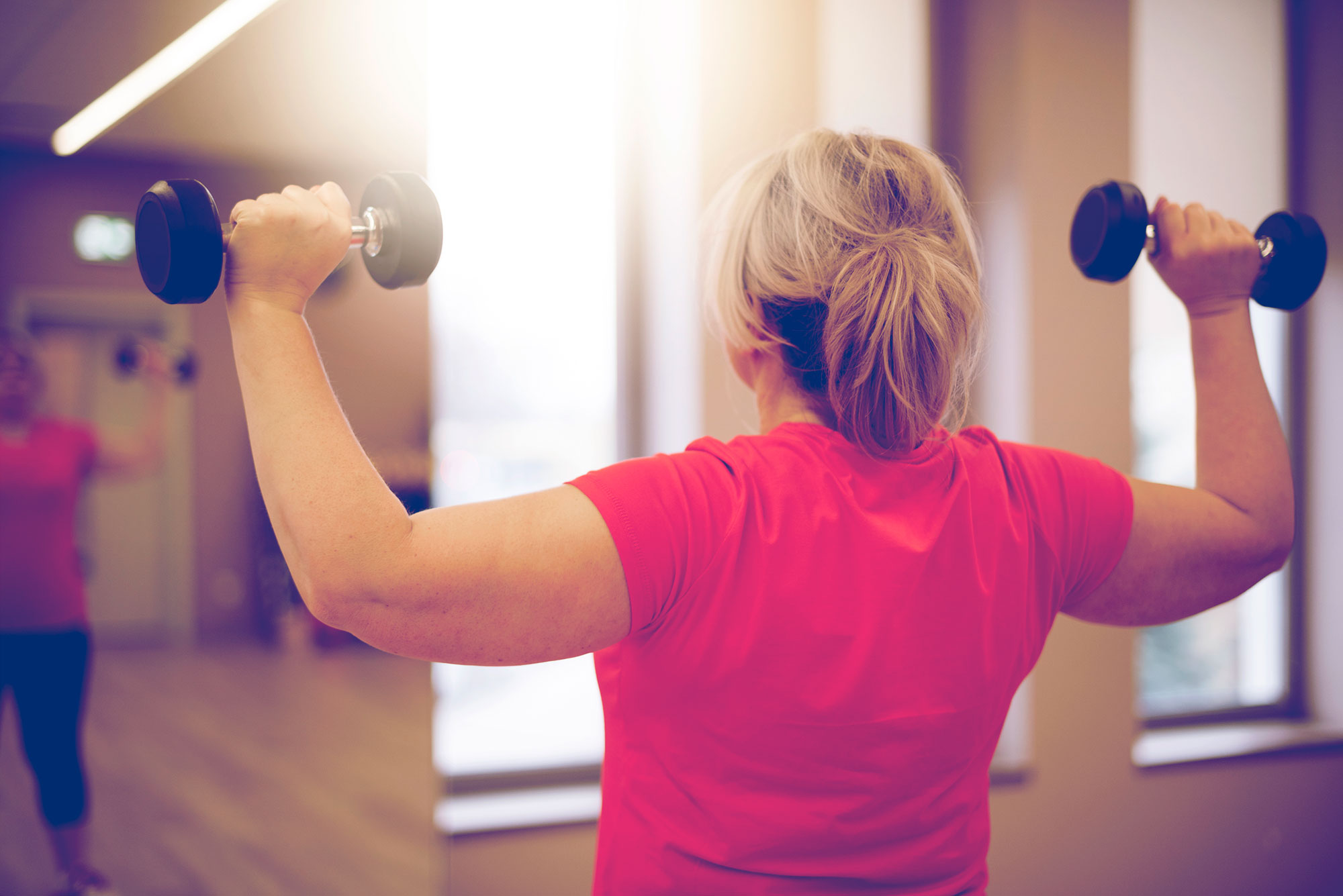Researchers continue to gather evidence that exercise can serve as a supplement to, or even a replacement for, drugs in their efforts to combat specific illnesses. With $3.6 million in funding from the National Institutes of Health, researchers at the University of Virginia are seeking to identify the specific dose of exercise that will complement one of the most frequently prescribed drugs aimed at improving a person’s level of blood glucose (sugar) and vascular health.
According to the American Heart Association, more than 33 percent of American adults have been diagnosed with metabolic syndrome, a group of risk factors that dramatically increases a person’s risk of heart disease, diabetes, stroke and other health problems. Risk factors include elevated waist circumference (sign of abdominal obesity) and unhealthy measures of blood pressure, circulating glucose and cholesterol.
“We currently know that exercise alone or a commonly prescribed anti-diabetes drug, Metformin, are successful at reducing cardiovascular disease risk factors,” said the study’s principal investigator, Steven Malin, an assistant professor in the Curry School of Education’s kinesiology department. “One might assume then that pairing exercise with Metformin would provide greater impact on health. This doesn’t appear to be the case, though. In some cases, one plus one just doesn’t equal two.”

In earlier work, Malin and colleagues found that exercise training alone reversed many of the risk factors included in metabolic syndrome. But if a patient in the study took Metformin while training, the effect of exercise on reversing risk factors was lost. It is not really clear how exercise and Metformin interact to blunt or promote health outcomes, but Malin and colleagues are hypothesizing that the “dose” (or intensity) of the exercise can have different effects on health when taken with the drug.
“We have preliminary results that show Metformin blunts the effects of higher intensities of jogging or cycling on fitness, blood pressure, inflammation and insulin sensitivity,” Malin said.
With the new NIH funding, the research team aims to determine a specific dose of exercise that best complements the frequently prescribed drug.
Over the next five years, the team will recruit 80 individuals who meet metabolic syndrome criteria based on national guidelines. Each individual will follow a 16-week exercise program that will vary in intensity, and also will be provided either Metformin or a placebo. Participants will receive measures of their metabolism, body fat and muscle mass, fitness, glucose control and vascular health. An exercise specialist will supervise the exercise training sessions and all exercise and drug treatments will be personalized.
Malin is leading a team that includes Curry School professor Art Weltman, and Dr. Eugene Barrett, Dr. Zhenqi Liu and James Patrie of the School of Medicine.
The impacts of the study have the potential to reach even beyond the 33 percent of adults in the United States diagnosed with metabolic syndrome.
“The more we understand about how exercise impacts chronic disease, as well as how exercise interacts with pharmacological drugs, the more accurately we can prescribe exercise at the doses needed to optimize health,” Malin said.
Malin hopes that this study is a step forward in understanding how to maximize care for people at risk for type 2 diabetes and cardiovascular disease.
“We know that exercise is effective at combating disease,” he said. “But people don’t just exercise. They eat food, take medication and/or dietary supplements, too. These factors alone or collectively may alter the ability of exercise to work.”
In turn, teasing out how these therapies work in combination will lead to answers that foster precision medicine for optimization of health and well-being.
Media Contact
Article Information
April 4, 2017
/content/exercise-medicine-whats-right-dose-when-taken-drug

